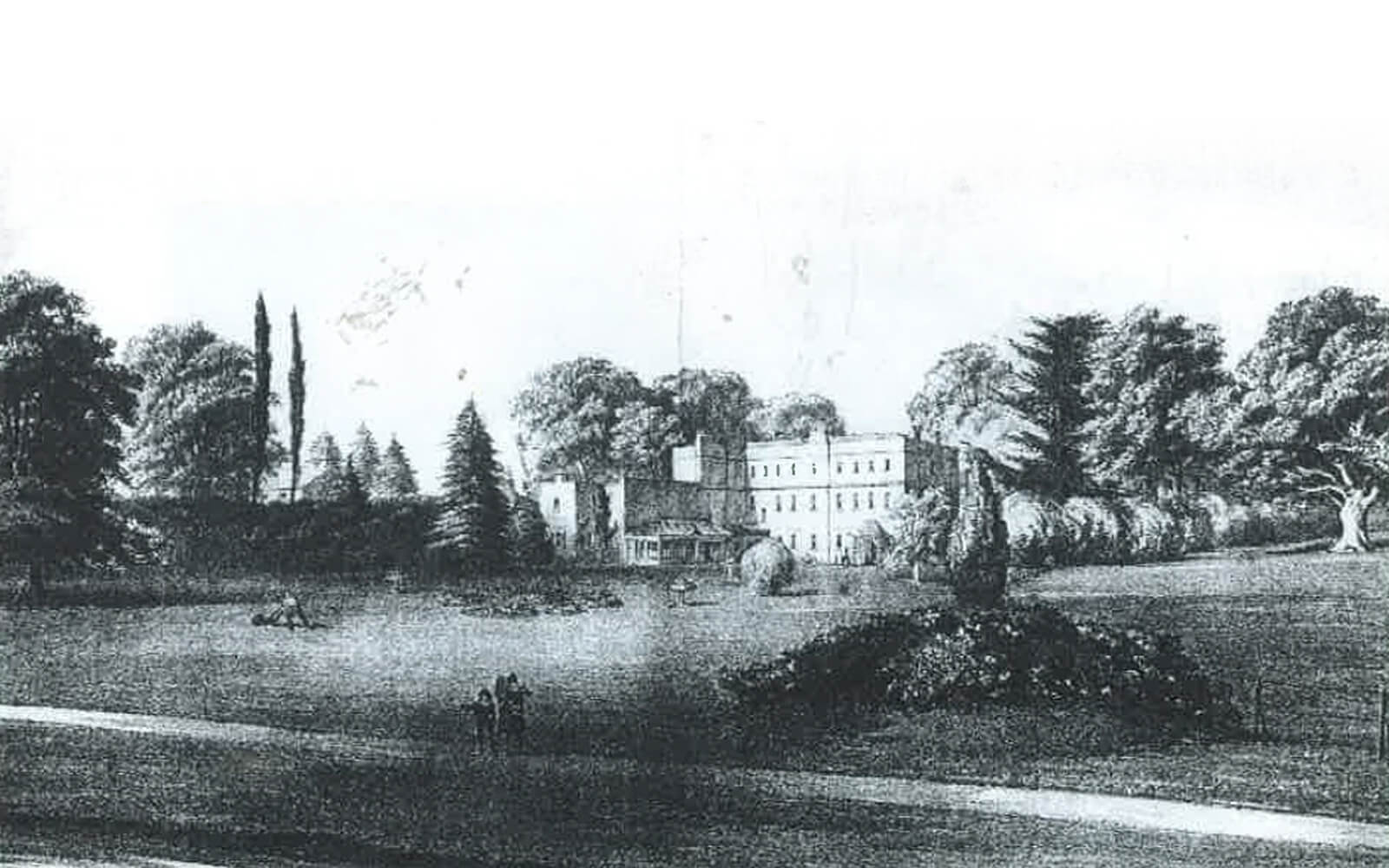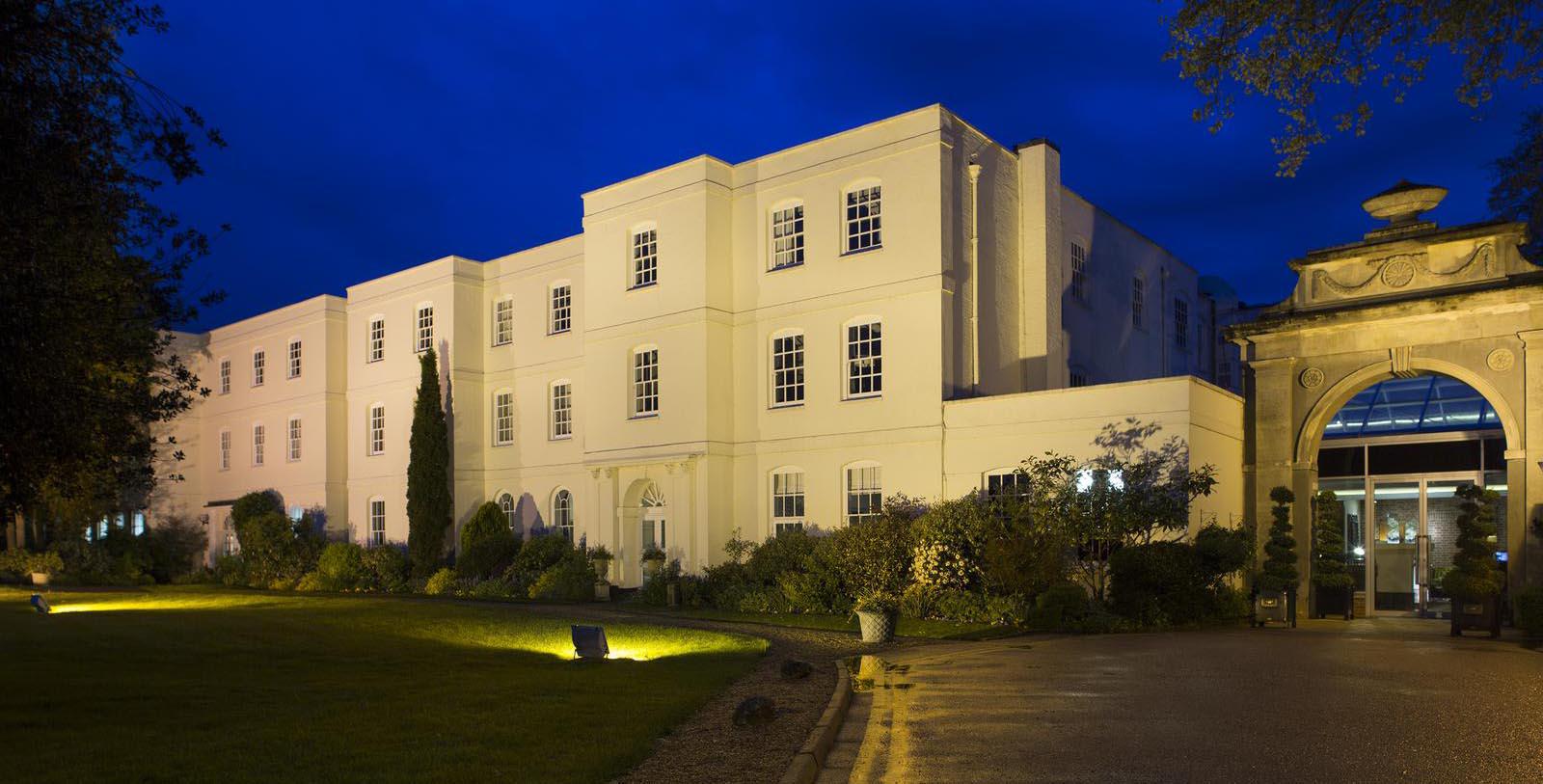Receive for Free - Discover & Explore eNewsletter monthly with advance notice of special offers, packages, and insider savings from 10% - 30% off Best Available Rates at selected hotels.
history
Discover the Sopwell House, which was originally a one-story Tudor structure that once served as the home for Prince Louis of Battenberg.
Sopwell House was constructed during an era marked by global exploration that defined much of the 15th through the 17th centuries.
The Sopwell House was originally a one-story Tudor structure that housed generations of England’s illustrious aristocrats. Duchess Alice/Alicia took up residence at the structure in 1665, which was then known simply as “New Barnes.” The name “New Barnes” is still used colloquially today when addressing the Sopwell House. Sir Harbottle Grimston then acquired the building five years later, as well as the nearby Sopwell Nunnery. Many believe that Anne Boelyn took refuge at this nunnery when following her secret marriage to King Henry VIII.
In 1901, the house was eventually passed off to Prince Louis of Battenberg who later leased it as his family's country home. He later became known as Lord Mountbatten of Burma and the last Governor of India. His daughter, Princess Alice, married Prince Andrew of Greece and Denmark, and gave birth to Prince Phillip, Duke of Edinburgh. It is even alleged that Prince Andrew proposed to Alice in the gardens of the Sopwell House. By the end of the Second World War, the Sopwell House had become part of the nearby Verulam Estate. It was specifically used as a nursing home for the elderly.
The Sopwell House underwent a dramatic transformation in 1969 though, when it was renovated into a boutique hotel. The present owner, Abraham Bejerano, purchased the location some 20 years later. He has endeavored to ensure that the Sopwell House is well-preserved for future generations to appreciate.
-
Famous Historic Guests +
Prince Louis of Battenberg, Lord Mountbatten of Burma and Last Governor of India Prince Andrew of Greece and Demark (1882 – 1944)


























